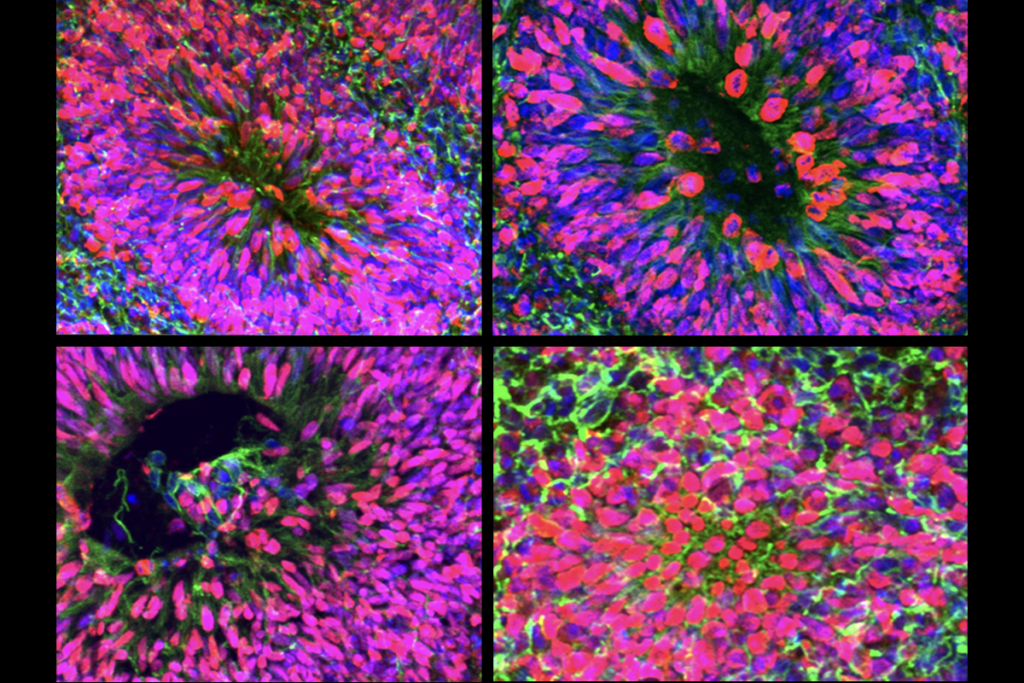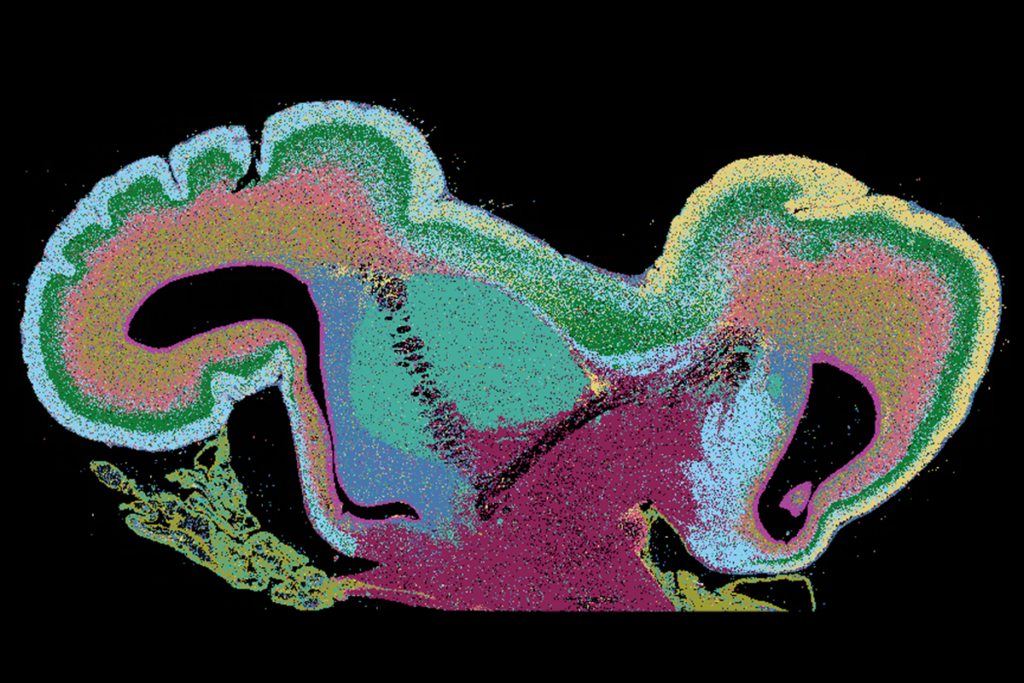On the right track
Moving a drug from the lab bench to the pharmacy’s shelves takes about 10 years. But for one controversial autism treatment, the process might be much quicker.
In the U.S., moving a drug from the lab bench to the pharmacy’s shelves takes about 10 years. That’s because the Food and Drug Administration (FDA) sets a high bar — the rigorous three-stage clinical trial system — to ensure that drugs are safe and effective.
Late last month, the agency announced that it’s pushing a controversial autism treatment through the system a bit more quickly.
CM-AT, a drug made by New York biotech CureMark, is a powder that helps children with autism digest proteins and, supposedly, improves brain function. Its creators haven’t published any information yet about the drug’s effectiveness or how it works. But last year, after submitting positive preliminary results to the FDA, the company began a stage-III clinical trial at 12 medical centers.
Their data continues to impress the FDA, apparently, because CM-AT can now boast official ‘fast-track‘ status. That means the regulatory agency will communicate early and often with the company during the trial to try to expedite the approval process. The FDA only gives fast-track status to drugs that “treat serious diseases and fill an unmet medical need.”
CureMark’s news came three days before director of the National Institutes of Health Francis Collins announced a ‘regulatory science program’ that builds bridges between his agency and the FDA. The main goal of the collaboration — one of seven projects funded by $200 million of Collins’ discretionary budget — is to speed up drug development.
The program is offering $6.75 million over three years in grants for work on new methods or technologies that will make the regulatory process more efficient. With any luck, the changes will lead to many more autism therapies being placed on the track to success.
Recommended reading

New organoid atlas unveils phenotypic signatures of multiple neurodevelopmental conditions

Glutamate receptors, mRNA transcripts and SYNGAP1; and more

Among brain changes studied in autism, spotlight shifts to subcortex
Explore more from The Transmitter
Can neuroscientists decode memories solely from a map of synaptic connections?

AI-assisted coding: 10 simple rules to maintain scientific rigor
